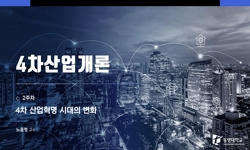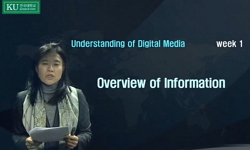The semi-direct speaking test format has limitations, particularly due to its lack of situational authenticity and contextualized input. To address this issue, virtual reality (VR) can be integrated into speaking proficiency tests to enhance authentic...
http://chineseinput.net/에서 pinyin(병음)방식으로 중국어를 변환할 수 있습니다.
변환된 중국어를 복사하여 사용하시면 됩니다.
- 中文 을 입력하시려면 zhongwen을 입력하시고 space를누르시면됩니다.
- 北京 을 입력하시려면 beijing을 입력하시고 space를 누르시면 됩니다.
부가정보
다국어 초록 (Multilingual Abstract)
The semi-direct speaking test format has limitations, particularly due to its lack of situational authenticity and contextualized input. To address this issue, virtual reality (VR) can be integrated into speaking proficiency tests to enhance authenticity. In this study, a newly designed VR speaking test was administered, and test-takers’ performances were compared with those on a conventional computer-delivered speaking test. Additionally, test-takers’ perceptions of the VR-based speaking test were examined through a post-test questionnaire. The results revealed a statistically significant difference in mean scores between the two test formats, indicating that the VR-based test enhanced test-takers’ speaking performance. More specifically, a one-way MANOVA showed that test-takers performed better on nearly all scoring criteria in the VR mode compared to the computer-delivered mode, except for completion and fluency. Furthermore, the 32 test-takers who participated in the VR test highlighted the highly contextualized settings and immersive experience as the most distinctive and positive aspects of using VR in speaking assessments.
동일학술지(권/호) 다른 논문
-
English Learning and Amotivation in South Korea: A Retrospective Construction of Motivation
- 한국영어교육학회
- 김태영
- 2025
- KCI등재,SCOPUS
-
2015 개정 영어과 교육과정 기반 영어 교과서 문법 항목의 학년별 수준 구분
- 한국영어교육학회
- 최서용
- 2025
- KCI등재,SCOPUS
-
An Integrative Research Review on Formative Assessment Practices in South Korean EFL Contexts
- 한국영어교육학회
- Elizabeth Lee
- 2025
- KCI등재,SCOPUS
-
영어 학습자와 AI 쓰기 튜터 챗봇의 상호작용에 나타나는 대화 전략 사용 양상
- 한국영어교육학회
- 성민창
- 2025
- KCI등재,SCOPUS






 KCI
KCI 코리아스칼라
코리아스칼라






